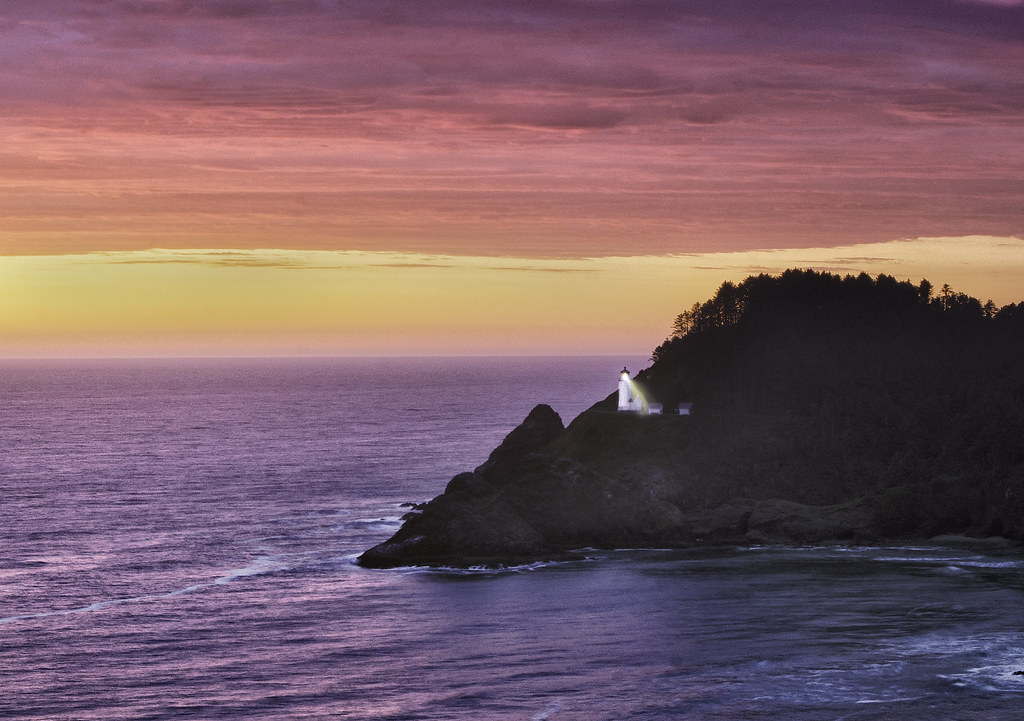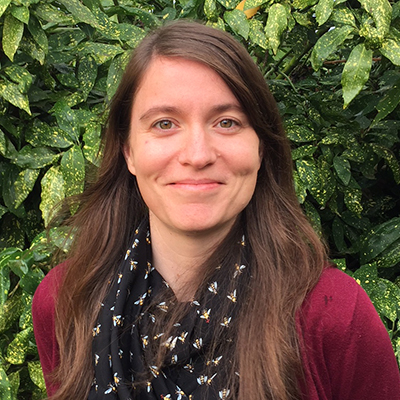
Plastic in the environment
Why, exactly, are plastics so bad for our environment and for the earth’s wildlife? Let's explore how plastics actually end up in the environment, where they ultimately end up, and what the impacts are on the earth’s wildlife and ecosystems.
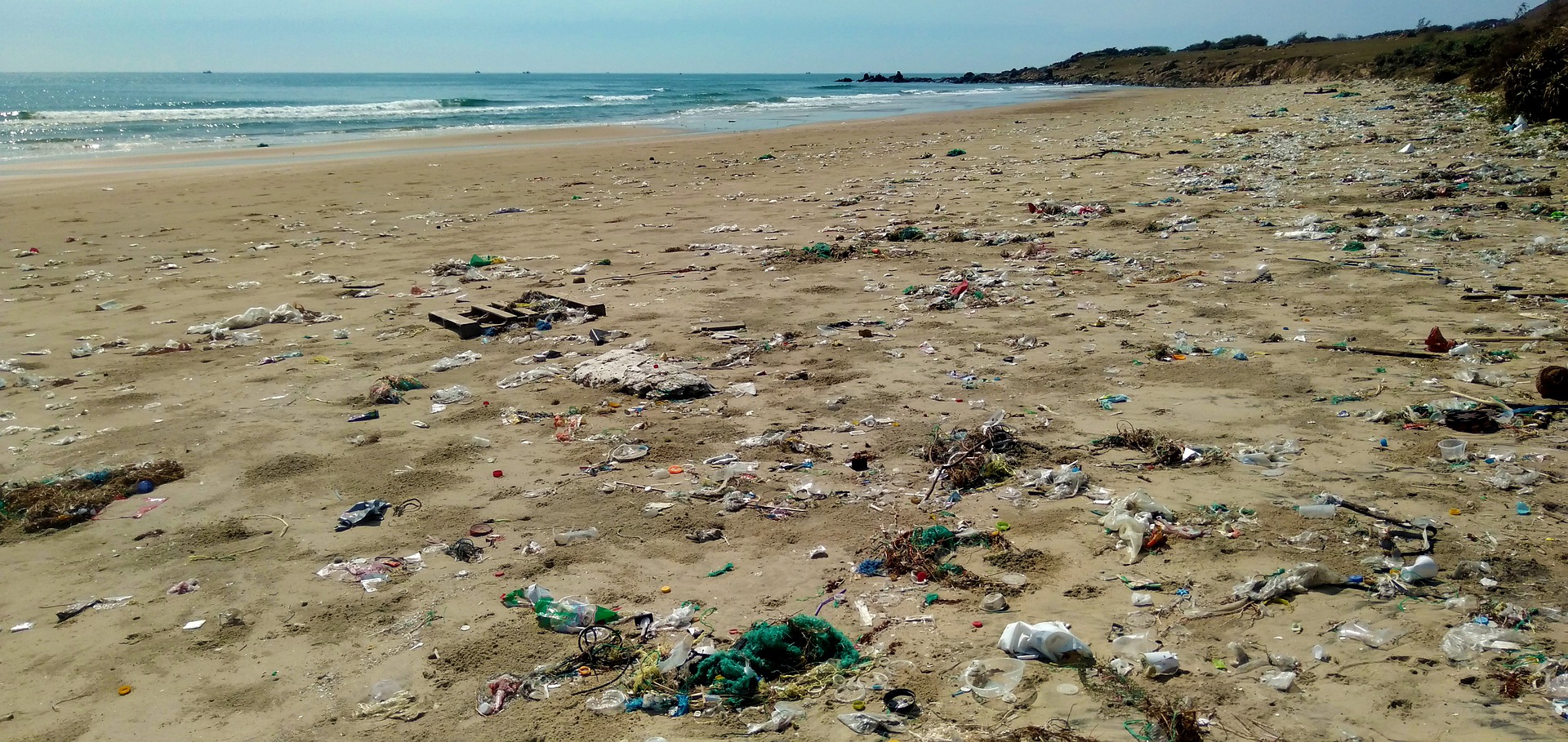
It’s almost a truism at this point that plastics are bad for the environment, as even the plastics industry itself tends to tout recycling as a solution for plastic pollution without ever contesting that plastic pollution in and of itself is harmful. Plastic pollution is also a very tangible issue for anyone who’s seen a plastic bag wrapped around a tree branch or a discarded plastic water bottle in the middle of the woods. But why, exactly, are plastics so bad for our environment and for the earth’s wildlife? Let’s explore how plastics actually end up in the environment, where they ultimately end up, and what the impacts are on the earth’s wildlife and ecosystems.
Plastic that ends up in the world’s oceans comes from either land-based sources or marine sources. Land-based sources include all the plastic that is deposited into the ocean via streams and rivers, storm drains, rain and wind runoff, and the like. Marine sources refer to plastic that ends up being dumped directly into the ocean, including plastic fishing gear like nets and lines. Estimates vary, but the current best understanding is that marine sources account for between 20 and 30 percent of ocean plastic, while land-based sources account for the lion’s share of 70 to 80 percent. A widely-cited 2017 study asserted that most ocean plastic is ferried into the ocean via rivers, with a simple cause: “the more waste there is in a catchment area that is not disposed of properly, the more plastic ultimately ends up in the river and takes this route to the sea.” Plastic in rivers (and thus in oceans) comes from a variety of sources, ranging from littered single-use plastic containers to plastic microfibers that come off of clothes in the washing process, but the end destination and result is the same: millions of tons of plastic entering the ocean every year.
Unfortunately, however, the journey isn’t over for plastics once they make it to the ocean, whether via river or tossed over the side of a fishing boat. The scientific consensus on where, exactly, all of this plastic waste goes is more unsettled than one might think, but everything we do know is concerning. Since most plastics are buoyant, oceanic winds and currents transport them easily, and surface plastic waste is easily transported from the shoreline areas where they enter the ocean to gyres closer to the center of the world’s oceans.
Interestingly, estimates of the amount of plastic in the ocean’s surface waters are orders of magnitude less than the amount of plastic scientists know enters the ocean each year. There are numerous hypotheses attempting to explain this incongruity, ranging from microplastic particles generated from the breakdown of plastic trash ending up in ocean sediments to a greater accumulation of plastics washing back up on shorelines. No matter what the answer is, it’s clear that plastic waste has invaded even the deepest reaches of the world’s oceans, and it’s not going away soon.
If plastic pollution was harmless, the main impact of this wide distribution would be the unsightly presence of trash in wild spaces. Obviously, the true impact of plastic waste on the world’s wildlife is much more severe. Plastic impacts marine wildlife in two main ways: entanglement in large marine debris, and ingesting plastic that has been mistaken for food. Though estimated to make up only 10-15% of the ocean’s plastic debris by volume, discarded fishing debris has an outsized impact on marine animals. Sea turtles, mammals, seabirds, fish, and crustaceans alike can be drawn to or accidentally entangled in discarded or abandoned fishing nets and other equipment, leading to injury, drowning, or starvation if unable to free themselves.
“Ghost fishing” occurs when plastic fishing gear is abandoned in the ocean or on the sea floor while still intact, entangling both the target fish and other marine animals for extended periods of time, given how slowly plastic breaks down in marine environments. Many marine animals also suffer when they ingest plastic, mistaking it for food. Plastic can fill up the stomachs of sea turtles, seabirds, fish, and whales, leading to starvation and eventual death. Microplastics can also bioaccumulate, moving in higher and higher concentrations up the food chain as higher-level predators consume fish that mistook plastic for food. The scale of these impacts is devastating: plastic waste kills up to a million seabirds per year, and research indicates that half of sea turtles worldwide have ingested plastic. These numbers are projected to increase unless action is taken to reduce the amount of plastic entering the ocean.
The impact of plastic pollution on the world’s marine wildlife is undeniable. Fortunately, there are solutions: banning the worst single-use plastics like polystyrene foam and plastic grocery bags, strengthening plastic recycling and reuse programs, educating the public on the impacts of plastic waste and how to address it, and above all producing less plastic.
The next blog in our series will address that last solution– producing less plastic– and how the oil and gas industry is moving us in the exact wrong direction.
Image by Sergei Tokmakov, Esq. from Pixabay
Topics
Authors
Celeste Meiffren-Swango
State Director, Environment Oregon
As director of Environment Oregon, Celeste develops and runs campaigns to win real results for Oregon's environment. She has worked on issues ranging from preventing plastic pollution, stopping global warming, defending clean water, and protecting our beautiful places. Celeste's organizing has helped to reduce kids' exposure to lead in drinking water at childcare facilities in Oregon, encourage transportation electrification, ban single-use plastic grocery bags, defend our bedrock environmental laws and more. She is also the author of the children's book, Myrtle the Turtle, empowering kids to prevent plastic pollution. Celeste lives in Portland, Ore., with her husband and two daughters, where they frequently enjoy the bounty of Oregon's natural beauty.
Find Out More
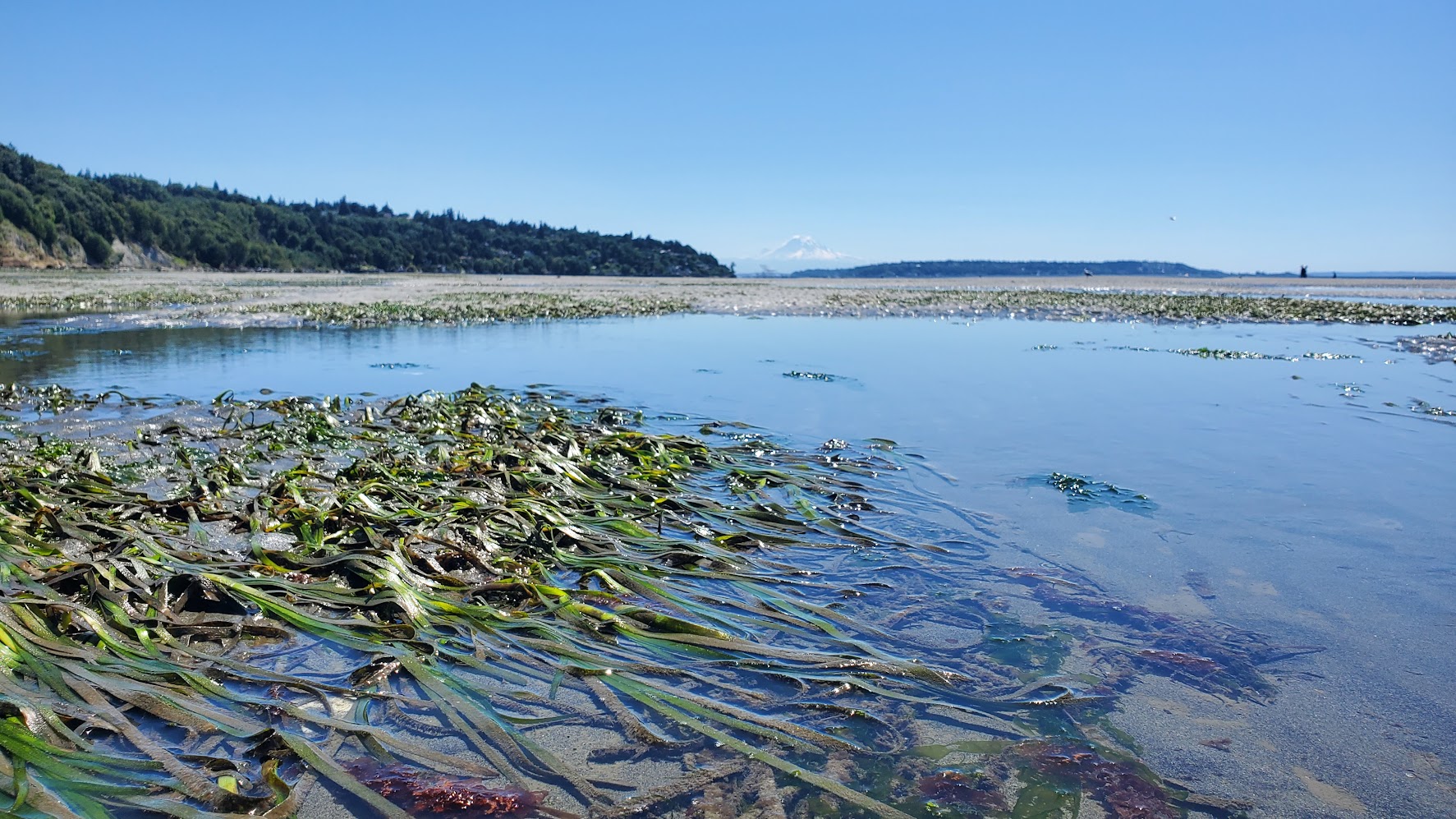
Let’s protect Oregon’s underwater forests
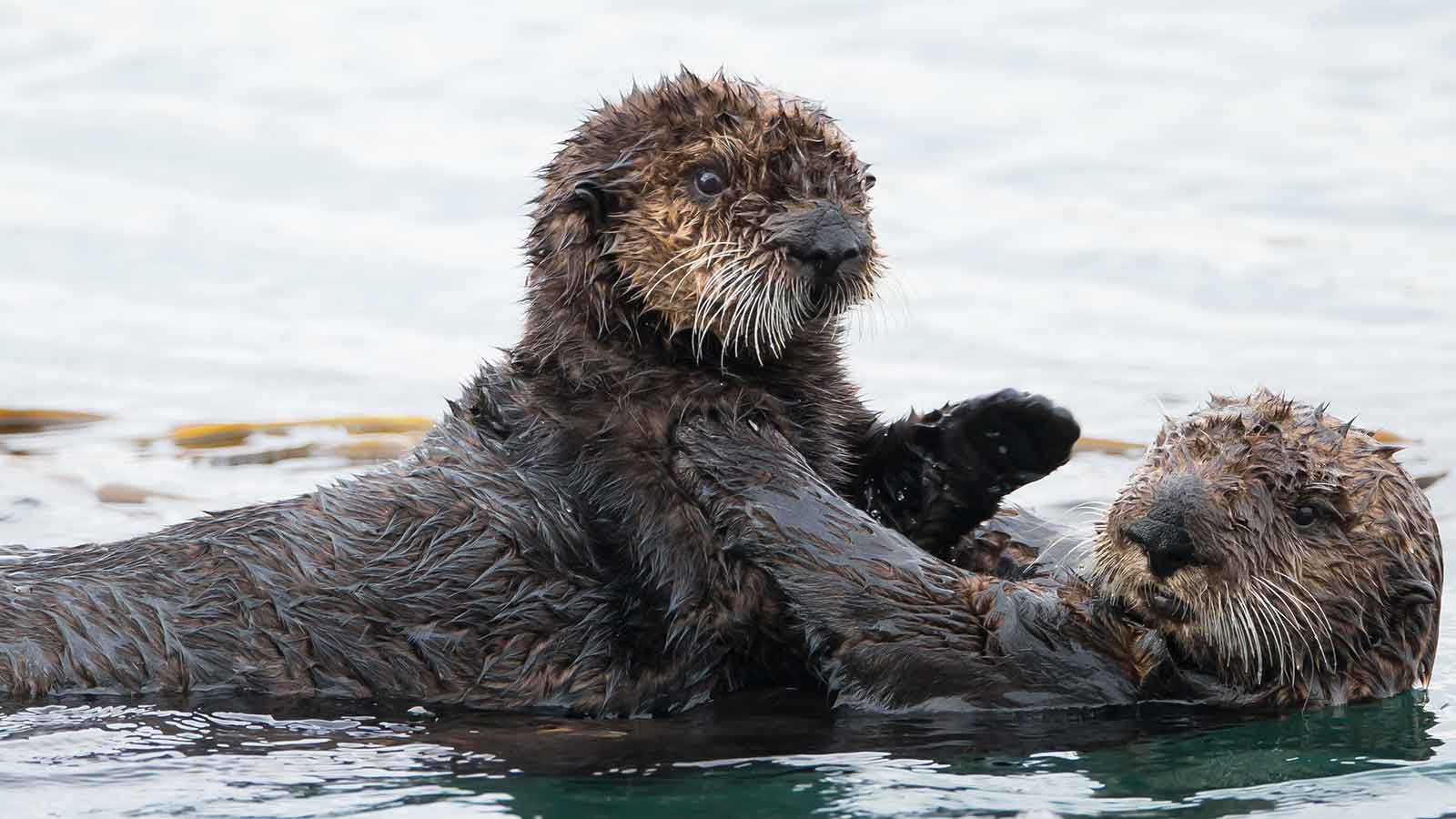
Can sea otters help with invasive species?
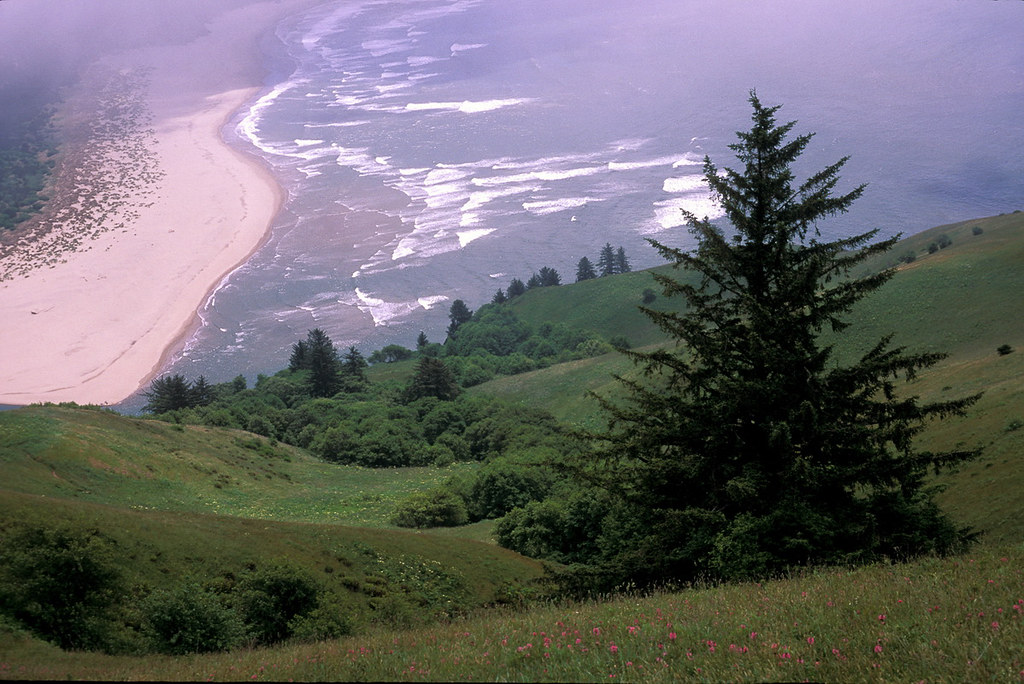
Cascade Head: a biosphere, a marine reserve and the Salmon River all in one
